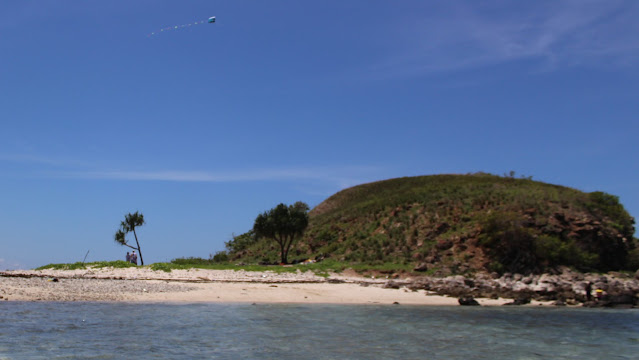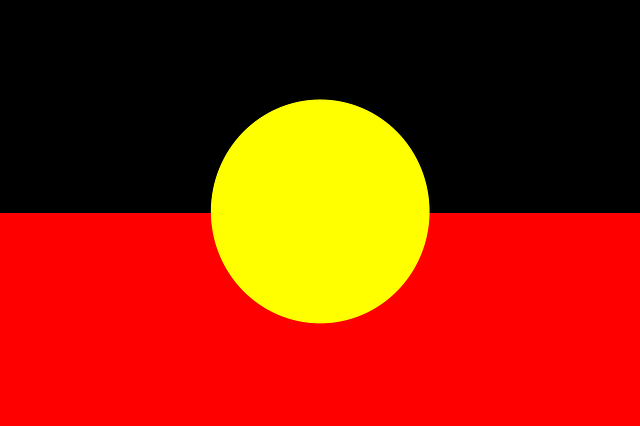The establishment of the Independent Commission Against Corruption (ICAC) in Papua New Guinea (PNG) marks a significant milestone in the nation's fight against corruption. With the recent arrival of highly qualified and experienced ICAC Commissioners, the government, led by Prime Minister James Marape, has demonstrated its commitment to addressing the devastating impact of corruption on PNG's progress.
This article examines the pros and cons of ICAC and compares it to the Investigative Task Force Sweep Team, headed by Sam Koim during the leadership of former Prime Minister Peter O'Neill between 2012 and 2019.
 |
| File photo |
Pros of ICAC and its Role in Fighting Corruption
1. Strengthening Accountability: ICAC provides an independent and dedicated institution solely focused on combating corruption. By investigating and prosecuting corruption cases, it enhances accountability within government bodies and public institutions.
2. Expertise and Experience: The appointment of highly qualified Commissioners, such as Andrew Forbes, Daniel Baulch, and Graham Gill, brings extensive legal, law enforcement, and prevention expertise to ICAC. Their diverse backgrounds enhance the commission's capabilities and effectiveness.
3. Impartial Selection: The involvement of Transparency International in the selection process ensures impartiality and alleviates concerns about foreign nationals leading ICAC. The inclusion of various stakeholders in the ICAC Appointments Committee also promotes comprehensive oversight.
4. Complementary Legislation: ICAC is supported by the Whistle Blowers' Act (2020) and the Proceeds of Crime Act (2022), providing a robust legal framework for combating corruption. The combination of these laws strengthens ICAC's ability to investigate and prosecute corrupt individuals.
 |
| File photo |
Cons of ICAC and Potential Challenges
1. Overlapping Mandates: While ICAC's establishment is a positive step, it may lead to confusion and duplication of efforts, particularly with existing anti-corruption agencies such as the Ombudsman Commission and the Police. Clear coordination and collaboration mechanisms should be established to ensure a streamlined approach.
2. Limited Resources: ICAC's effectiveness depends on adequate resources, both financial and human. Without sufficient funding and personnel, the commission may struggle to handle the high volume of corruption cases, especially in the political leadership domain, and fulfil its mandate effectively.
3. Political Interference: Despite ICAC's independence, political interference and influence remain a concern. It is crucial to safeguard the commission's autonomy and shield it from political pressures to ensure unbiased investigations and prosecutions.
4. Public Engagement and Awareness: While ICAC provides a platform for reporting corruption cases, the success of the commission depends on public participation. Creating awareness about ICAC's role, encouraging whistleblowing, and ensuring protection for those who report corruption will be essential in mobilizing public support.
Comparison with the Task Force Sweep Team
During Prime Minister Peter O'Neill's leadership, the Investigative Task Force Sweep (ITFS), headed by Sam Koim, played a crucial role in addressing corruption. Some points of comparison between the two initiatives include:
1. Independence: ICAC is established as a permanent and independent institution, ensuring continuity and long-term commitment to fighting corruption. In contrast, the Task Force Sweep Team was a temporary task force, which limited its sustainability and impact.
2. Legal Framework: ICAC operates under the ICAC Act (2020), providing a clear legal framework for its operations. The Task Force Sweep Team lacked dedicated legislation, which could have limited its authority, independence and accountability.
3. Powers and Resources: ICAC is endowed with extensive powers of investigation and prosecution, supported by appropriate resources. The Task Force Sweep Team faced challenges in obtaining necessary resources and experienced limitations in its powers, hindering its effectiveness.
4. Institutionalisation: ICAC's establishment signifies a systemic approach to combat corruption, focusing on preventive measures, investigations, and prosecutions. The Task Force Sweep Team, while successful in some cases, lacked the institutionalization required for sustained and comprehensive anti-corruption efforts.
 |
| File Photo |
Summary (Independent Commission Against Corruption)
The establishment of the Independent Commission Against Corruption (ICAC) in Papua New Guinea marks a significant step forward in the fight against corruption. While there are challenges and potential areas for improvement, the involvement of highly qualified Commissioners, the support of complementary legislation, and the commitment of the government underscore the importance of ICAC in addressing corruption.
Comparing it to the Task Force Sweep Team highlights the advantages of a permanent and independent institution with a dedicated legal framework.
To ensure the success of ICAC, continued public engagement, sufficient resources, and safeguarding its independence from political interference are vital.
With a collective effort and unwavering commitment, ICAC can play a crucial role in eradicating corruption and fostering a more prosperous future for Papua New Guinea.





